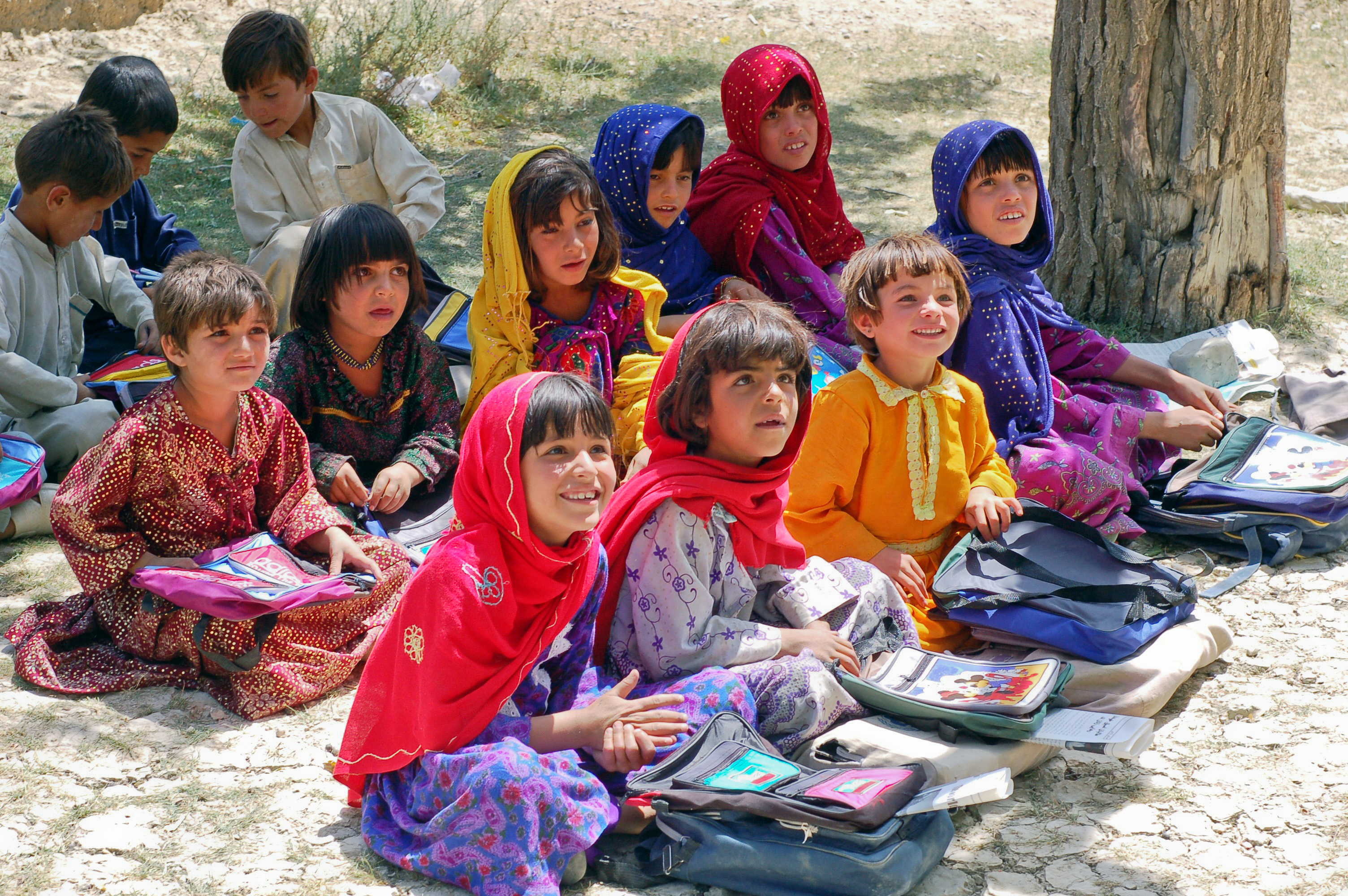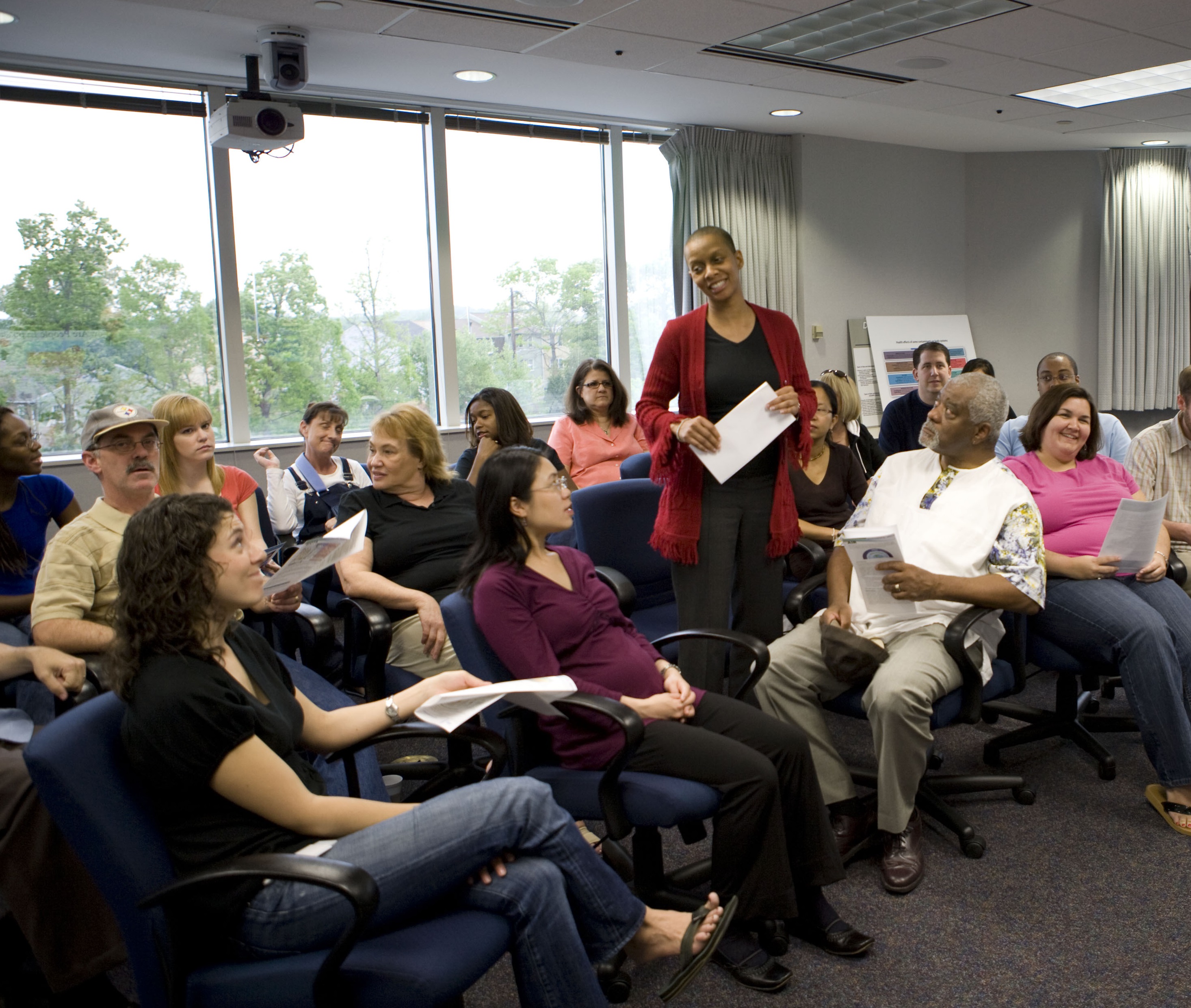Ending Domestic Violence Through Education

Megan Powell is a freelance writer, editor and digital content creator. She also works as the blog content writer for Neighbours, Friends and Family as well as Make It Our Business. She especially loves working with non-profits and creative organizations.
There’s a strong correlation between domestic violence and education. Equipping women with an understanding of what constitutes domestic violence and providing information about how to safely leave an abusive relationship can be instrumental in ensuring that women are able to leave a violent relationship. In developing countries, programs that educate both men and women on respectful relationships as well as gender equality, have proven to be extremely helpful for challenging gender stereotypes, creating equal partnerships and decreasing domestic violence rates. Working against cultural stereotypes that reinforce acceptance of inequality and providing opportunities for education can open routes through which girls are able to escape violent family relationships and help end cycles of abuse.
Education helps girls and women to pursue employment opportunities and we know that being in employment, and its financial security, is a key pathway for women to leave a violent relationships (Patton, 2003; Rothman et al., 2007; Widiss, 2008).
Challenging the Cultural Norms
In many countries, gender stereotypes play a strong role in the opportunities that are available to women. When cultural expectations dictate that women stay home and bear the responsibility of all child-rearing and home duties, they are also expected to serve their husbands. Women who go to school and receive an education are viewed as suspect, perhaps even as “dishonouring” the family when they challenge cultural norms and upset the established order of gendered roles. When it is accepted that men control their wives, violence or the threat of violence is often used as a way to maintain control. A report by Global Rights shows that almost 90% of women in Aghanistan have suffered physical, sexual or psychological violence, or forced marriage. Most of this is perpetrated by the family. The situation is similar in Pakistan, where an equally disturbing number (at least 70%) of women have experienced domestic violence. While no culture is immune from cultural expectations and social norms that normalize and reinforce violence against women, areas which are prone to conflict tend to have extremely high levels of violence against women.
So how do we help change this? Education is key; educating men, educating women and educating the general public. Cultural and social norms are influential. They can work to protect against violence, or they encourage it. Education is a means to influence and change beliefs that reinforce inequality. Mass media campaigns have proven to be helpful in efforts to educate people and challenge norms that are supportive of violence. Many excellent organizations are working to carry out work like this. The Global Fund for Women is one example.

A message that seems to be especially effective involves educating people on how damaging violence can be for children. Western Australia’s Freedom from Fear campaign targets male perpetrators of domestic violence with campaign messages that show how harmful intimate partner violence is for their children. These messages have proven to be more effective than ones like “real men don’t hit women”. Using mainstream media such as television, social media and radio, can be a good way to reach men and educate those on the harmful effects of domestic violence.
Using Education to Escape the Cycle
When women learn to read, they are better able to advocate for themselves. They have the power to read and understand laws that are in place to protect them. They can also advocate for their own education, which in turn opens more doors to allow them to make a living and contribute to the family income. Furthermore, they can use their knowledge to help other family members and women in the community. In many rural Central Asian villages where women often don’t go to school, education can be a powerful tool in the struggle against domestic violence.
Along with educating women, we need campaigns that teach men about gender equality to end generational cycles of domestic violence. Opening the door to alternative ideas of how relationships can function, where women are equal partners, while encouraging women to obtain an education, are important steps to ending a cycle of violence that has been passed down through the generations.
Family members, friends, co-workers and even neighbours can also play a part in ending domestic violence. Our provincial project Neighbours, Friends and Families, has been building awareness of domestic violence and educating everyone on how to recognize warning signs of abuse. We also provide numerous resources on how to respond, how to talk to men, and how to help someone you believe is being abused. Our workplace campaign, Make It Our Business, provides information, education and training options to employers and their workers on how to help employees and co-workers who are experiencing domestic abuse, as well as how to respond.

Whether we’re talking about changing societal and cultural norms in developing countries or educating families and men and women in developed countries, it’s clear that knowledge and educational knowledge and education campaigns are critically important tools to end domestic violence.
We can begin with educating the almost 65 million girls around the world that are currently missing out on primary and lower secondary schooling. We must strive to eliminate cultural norms that position women as inferior to men and prohibit them from pursing an education. We need to educate men around the world who have been taught that violence is acceptable and help them to unlearn those harmful beliefs. And it’s imperative that we reach everyone to ensure we all have a strong grasp on the damaging effects of domestic violence, that we know how to look out for warning signs, and how to respond when we see them.
As we begin changing viewpoints and beliefs that have been passed down through our societies for generations, we can work towards a better and more equal future and help to decrease rates of domestic abuse around the world.
Resources
Violence Against Women a Roadblock to Education
Afghanistan: No Country for Women
